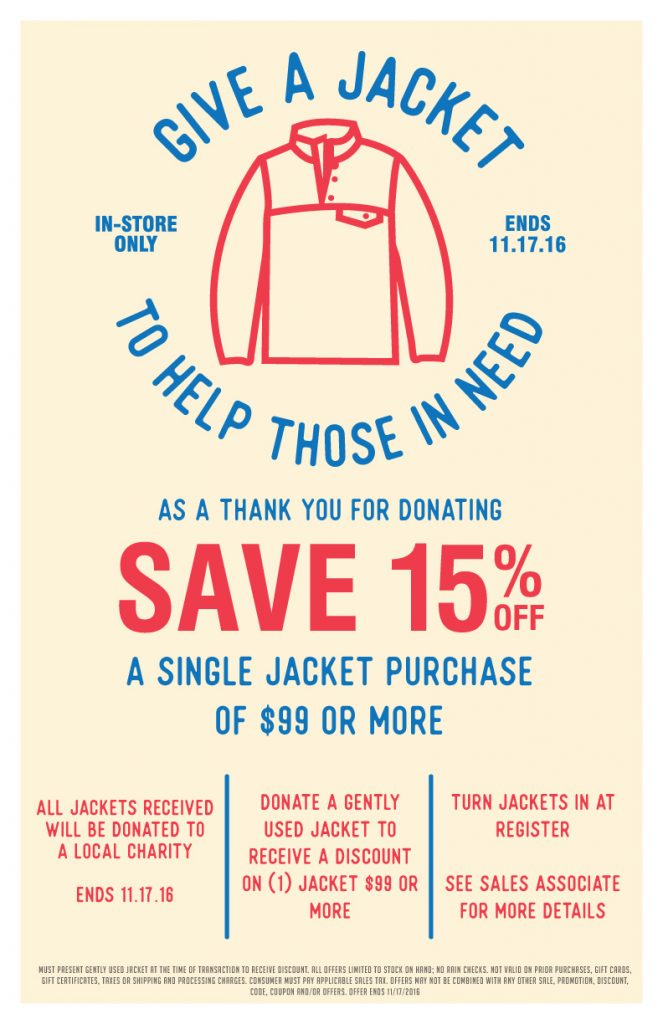Getting Outside with Kids Tip 4: Camping
Camping
Up until this point, we’ve discussed activities that require minimal investment to easily engage kids in outdoor places. Camping is not necessarily one of those activities. However, it’s easier than you realize and getting started can be very simple. In fact, for those that are regular tailgaters at your favorite sporting event, you are already well on your way.
As in previous posts, the advice here is the same – start small and easy. For camping, the easiest starting point is the backyard. The gear you will need: a tent, sleeping bag or blankets, and something soft on which to sleep (foam padding works great). If you don’t have this gear, you can rent a tent and ground pad from your local Alabama Outdoors before making a purchase commitment. The backyard allows you to be outside with the convenience of home – add a fire pit and it’s your own “remote” campsite with added benefit of being able to go inside at any time.
As you venture out from the homestead, gear becomes more important. For those avid tailgaters, much of the gear you haul to each game can also be used at your local state park to create that “home away from home” campsite. Chairs and camp furniture, grills, coolers, cookware, plates and utensils can all double as your camping gear. The canopy you use at the tailgate also makes a great cover for shade over the picnic table. Again, your choice of tent and sleeping gear becomes very important. A quality tent can save the weekend by keeping unexpected rain and other elements at bay. The quality of your sleep is very dependent on the right choice in sleeping bag and ground pad for the weather in which you’re camping. Your local Alabama Outdoors can assist in choosing the right product for your particular need and getting you out to the campsite ready to enjoy the weekend.
Finally, when can we reasonably take kids camping away from home? The answer is up to you and your (and their) comfort level with the process. Our children have been camping around the age of two (the pack and play works just as good in the tent as it does in a hotel). However, that may not be the norm. Understand that the way your kids are at home will be the way they are at the campsite. Meaning if they are good sleepers at home, they likely will be in the tent. The best advice for young children is to follow your same routine at the campsite as you would at home. A bed-time story, song or other evening ritual ensures the only thing different that evening is the place and gives your child (and you) the best opportunity to fall asleep quickly and stay asleep. Finally, properly equip them to be outside given the temperature difference between their normal sleeping environment and a tent. Understand the evening’s temperature and properly dress young children and cover appropriately. Their ability to be comfortable while sleeping will improve everyone’s experience.
While more of an investment than a quick hike or trip to a local park, camping can be a rewarding way to change a weekend routine, unplug and reconnect with your family in different setting. As always, preparation is key. Alabama Outdoors can assist with this preparation from checklists to gear selection to advice on accessible places to camping with the family.
